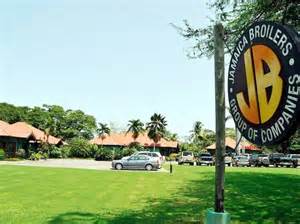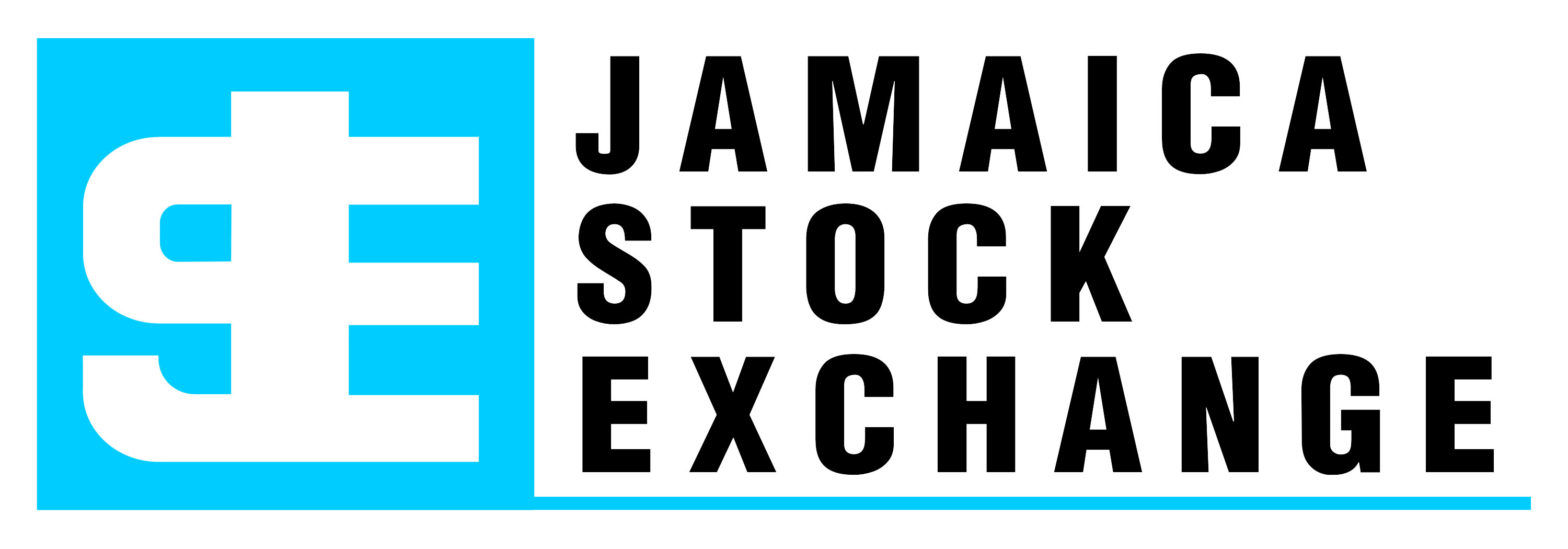New investments made in the manufacturing sector in 2015 produced a better outturn than the year before, although the segment continues to face challenges of higher raw material costs.
This arises from the devaluing Jamaican dollar and also contracting demand on the local market. The dollar which now trades at approximately $122 to one US dollar has created higher input costs for goods producers.
But, for manufacturers who are focused on exports, the year brought encouragement as new and deeper market connections were made and hard currency sales improved year over year.
Steady Improvement in Sector
Bank of Jamaica (BOJ) data indicates that performance in the manufacturing sector for the last nine months of 2015 reflected improvement over 2014.
In the final quarter (December 2015), real value added in manufacture was assessed to have recorded a third consecutive quarter of expansion averaging 4.5 to 5.5 per cent in growth.
The sector also contributed 36.8 per cent to overall out-turn in GDP growth (neutralised by other poor performing sectors and registering at 0.8 per cent during the December quarter).
The Central Bank said that value added in manufacture at 2015 year end was mainly buoyed by an expansion in such sectors including petroleum refining and food & beverages, growth. Food and beverage was primarily driven by a rise in the production of meat and meat products as well as an increase in the manufacture of beverages.
The previous year’s assessment, provided by the Planning Institute of Jamaica, gives a longer term overview of the sector.
During fiscal 2014-15 (April 2015 to March 2015) real value added for the manufacture industry contracted by 1.2 per cent and accounted for 8.3 per cent of Gross Domestic Product for the year.
The PIOJ, in its Economic and Social Survey of Jamaica (ESSJ) which was published in 2015, said performance of the manufacturing industry was adversely impacted by lower demand for several products due partly to the weak economic environment locally and the closure of some plants.
Additionally, there was exchange rate depreciation, which affected some manufacturers positively by increasing the competitiveness of products for the domestic market and exports, but negatively for others by increasing the cost of productive inputs.
Where there was higher production of some commodities it reflected growth in related industries such as construction.
At fiscal year end the value of manufactured exports was US$680.4 million, a reduction of US$113.5 million in earnings relative to 2013. The lower earnings was reflective of declines in traditional exports and non-traditional exports of US$1.1 million and US$112.4 million, respectively.
Product Performance
Individually, chemicals and chemical products experienced decline due to reduced demand in the period ended March 2015. Products registering the largest declines during the fiscal year ended were paint (down 8.4 per cent to 8 612 tonnes); Fertiliser (down 1.2 per cent to 26 722 tonnes); and Aluminium Sulphate (down 13.2 per cent to 1 736 tonnes).
Salt was flat at 14 169 tonnes. There was no production of ethanol resulting from the increasing price of sugar from Brazil—the source market for inputs—and the decreasing price of corn in the USA, the destination market.
Growth sectors include non-metallic minerals, with cement production increasing as well as clinker. The Food Processing component was estimated to have increased as did Beverages & Tobacco.
The ESSJ notes that producer prices within the Manufacture industry grew by 2.7 per cent for 2014, an increase reflected through the higher cost of raw materials, which was associated mainly with the depreciation of the Jamaica Dollar against the major internationally-traded currencies.
Exports
For 2014, earnings from manufactured exports was US$680.4 million, 14.3 per cent lower than the total in 2013.
The ESSJ said this reflected reduced earnings for both traditional and non-traditional exports.
Private sector organisations point to the need, overall, for cheaper funding for necessary investments. Additionally, focus has been placed on increasing growth within manufacturing by expanding exports and diversifying markets; and improving the productivity and overall competitiveness of manufacturing firms.
The Jamaica Manufacturers Association (JMA) has over the period pursued training in the areas of Good manufacturing practice, auditing and developing quality manuals. The JMA also formed a partnership with the Development Bank of Jamaica to undertake a project—“Improve the Access to Financing”—to assist MSMEs.
Jamaica Exporters’ Association (JEA), another body within the manufacturing sector has focused its attention on capacity building; development of non-traditional exports, value added products; and new markets.
The PIOJ in the ESSJ predicted that improved output for the manufacturing sector could be based on –among other factors – higher agricultural produce, which is expected to result in increased production for the Food Processing component of manufacturing.
It said lower production costs associated with the reduced price of crude oil on the international market might also prove beneficial during the new fiscal year.
New investments on the horizon, it noted, promised higher production in the beverages sector as well as import substitution.
It also said that manufacturing stood to benefit from providing goods to the construction and tourism sectors.
Benefit to the sector
Changes which are set to benefit the sector include reforms in business procedures and legislation as well as the introduction of a new tax system. It is also expected that newly implemented legislation such as Secured Interest in Personal Property will facilitate easier access to finance for the Manufacturing industry.
Aided by the Bureau of Standards, several manufacturers achieved international certification of their products which is expected to increase exports.
Despite the high cost of credit relative to other jurisdictions, local businesses have been borrowing more – perhaps indicating an increase in investment levels.
The BOJ notes in its QMPR that the annual growth in the stock of private sector credit accelerated to 9.6 per cent as at end-2015 from 7.8 per cent at end-September 2015.
Notably, the expansion in credit at end-2015 was two times the rate recorded at year end- 2014.
For the manufacturing industry the change in borrowing habit was even greater. In the December 2015 quarter the manufacturing sector borrowed J$3.7 billion, this compared to $70.1 million taken from banks in the similar period in 2014.

 Businessuite Markets3 weeks ago
Businessuite Markets3 weeks ago
 Businessuite News247 days ago
Businessuite News247 days ago
 Leadership Conversations4 weeks ago
Leadership Conversations4 weeks ago
 Corporate Feature1 week ago
Corporate Feature1 week ago
 Businessuite Women1 week ago
Businessuite Women1 week ago
 Businessuite News24 International1 week ago
Businessuite News24 International1 week ago
 Business Insights3 weeks ago
Business Insights3 weeks ago
 Businessuite News241 day ago
Businessuite News241 day ago







